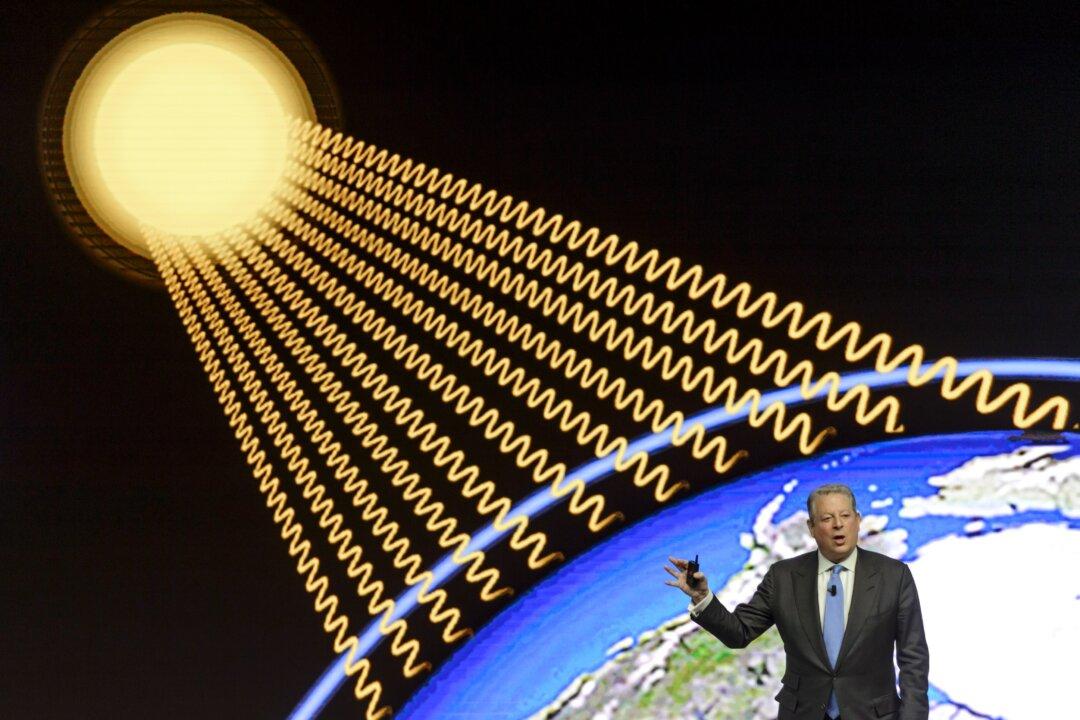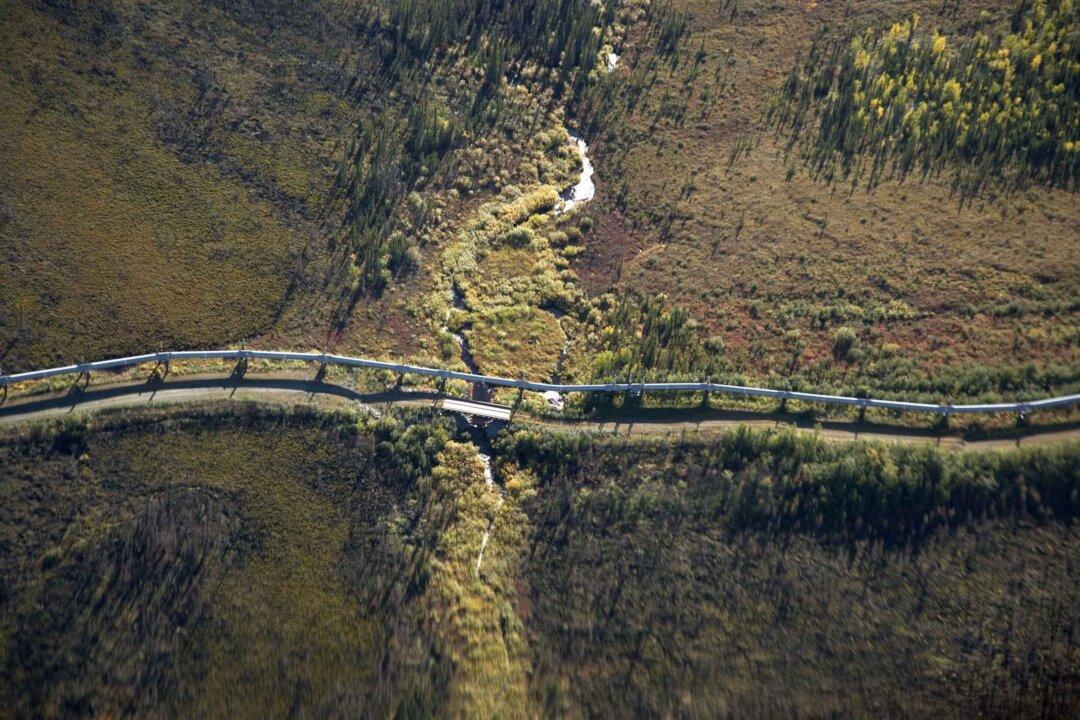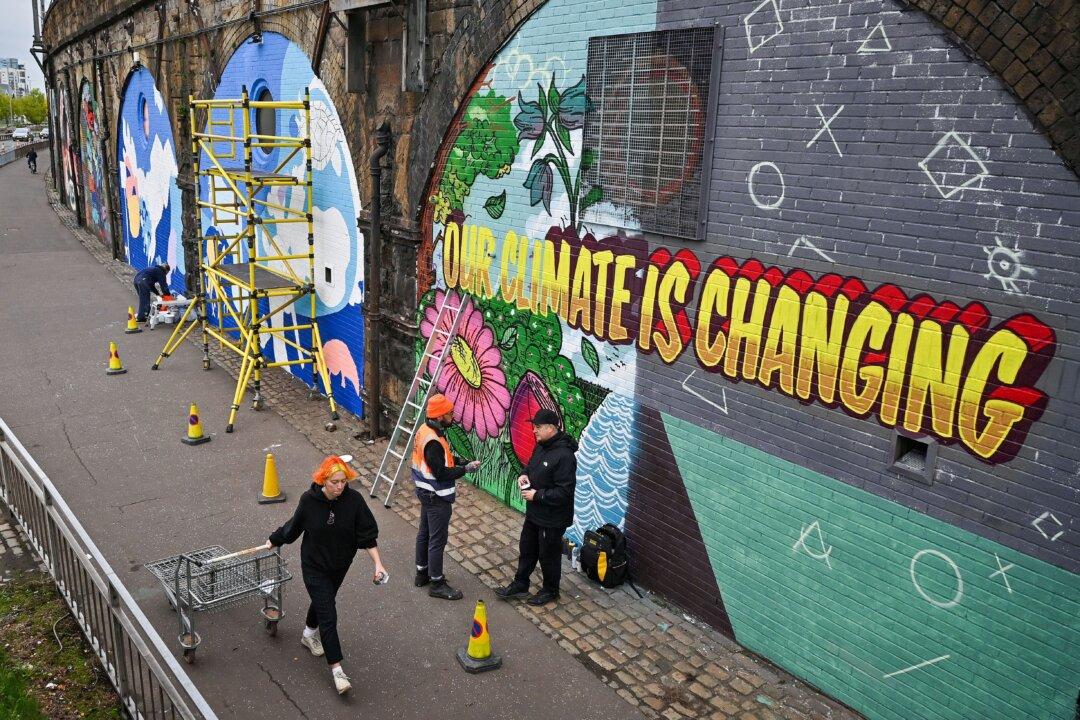The public is being told by politicians, bureaucrats, and activists that global warming will cause more extreme weather. Yet both the United Nations Intergovernmental Panel on Climate Change (IPCC) and the Nongovernmental International Panel on Climate Change (NIPCC) have said the exact opposite.
In 2012 the IPCC said that a relationship between global warming and wildfires, rainfall, storms, hurricanes, and other extreme weather events has not been demonstrated. In its latest assessment report (2013), IPCC scientists concluded that they had only “low confidence” that “damaging increases will occur in either drought or tropical cyclone activity” as a result of global warming.

Hoesung Lee (R), the new president of the Intergovernmental Panel on Climate Change (IPCC), with French environmentalist Nicolas Hulot at Elysée Presidential Palace in Paris on Oct. 15, 2015, after a meeting with French President François Hollande. Eric Feferberg/AFP/Getty Images





